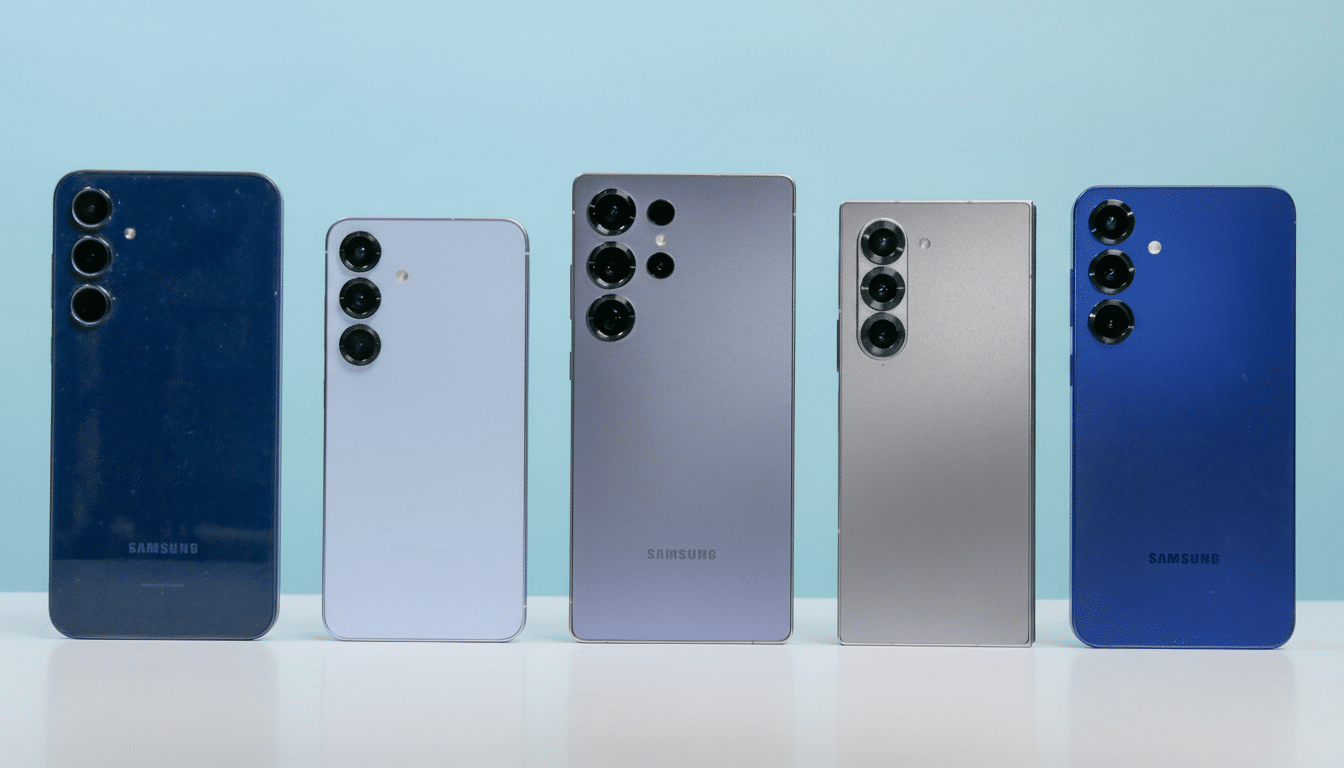Ask even a seemingly straightforward question like who owns Samsung and you won’t get a simple parent–subsidiary answer. Samsung is a chaebol — South Korea’s distinctive, sprawling group of conglomerates — and the Lee family manages it not through one tidy holding company but via a tangle of cross-shareholdings.
What ‘ownership’ means at Samsung across affiliates
Samsung is not a single company, but rather a federation of affiliates that range from electronics and insurance to construction and biopharma to logistics. Samsung Electronics, the global standard-bearer for the Samsung line of smartphones and memory chips, is in fact just one part of a large constellation dating back to 1938 that manages an array of companies that make weapons, ships, chemicals, insurance and clothes.

Economists and the Korea Fair Trade Commission define Samsung as one of South Korea’s chaebol, or dominant business groups. By various reckonings, the group’s output and tax base represent about one-fifth of South Korea’s economy — a remarkable concentration that has molded labor markets, exports and technology policy.
The Lee family’s control structure across affiliates
Control is based on the indirect. The trading company the late founder built more than eight decades ago; later generations surged into semiconductors and consumer electronics, turning Samsung into a global powerhouse. At the top of this architecture now sits its executive chairman, Lee Jae-yong (Jay Y. Lee to many people globally).
The linchpin is Samsung C&T, the de facto control tower. Lee’s large stake in Samsung C&T and that company’s stakes in other affiliates boost his strength. Two affiliates — Samsung Life Insurance and Samsung C&T — have meaningful stakes in Samsung Electronics, magnifying family control with layered holdings.
This is traditional chaebol engineering: the cross-shareholdings that bolster control, no matter how seemingly modest direct ownership of the crown jewel (Samsung Electronics) may be. That structure became still more resilient a decade ago after a controversial internal merger that consolidated voting power at the top. Corporate-governance watchdogs and investors have criticized the arrangement, but it is legal, and it works.
Key shareholders and the South Korean state’s role
Family control exists alongside a substantial level of institutional ownership. Samsung Electronics is considered of strategic importance to domestic savers, and the National Pension Service of Korea is among its major shareholders. Foreign investors own a large portion of the stock, and are among its major holders as well, according to company filings, including asset managers like BlackRock.
Regulation matters. The Korea Fair Trade Commission, the country’s antitrust regulator, has long been pressuring chaebols to break down circular shareholdings and become more transparent. Policymakers, too, have argued over insurance-industry rules that could influence how much equity an insurer like Samsung Life can own in a related listed company. Any variation here could gradually push the map of ownership over time, but such changes are typically glacial.
Leadership, scrutiny, and governance at Samsung
Leadership of Samsung has long faced high-profile legal challenges connected to political influence, including jail time for Lee Jae-yong and a subsequent pardon. The episodes highlighted the close ties between Korea’s political economy and its biggest conglomerates.

Responding to investor demands and regulatory norms, Samsung has taken steps that echo those of its counterparts in the world’s other blue-chip companies: a compliance oversight committee, bigger dividends and the opening of a channel for periodic share buybacks.
Corporate-governance scores from proxy advisors continue to call attention to the concentration of power and succession risks, but the trend is toward greater disclosure and capital-return restraint.
How to invest in Samsung and access its shares
Samsung Electronics trades in Seoul and is not listed on major U.S. exchanges.
Retail investors outside of Korea usually gain access to it through international brokerage accounts that place orders in the Korean market, or exchange-traded funds that own the shares.
Wider Asia funds and Korea-focused ETFs typically have Samsung Electronics among their largest weights. Company investor-relations filings and index provider fact sheets provide details of approximate exposures. ETFs present a convenient route for investing in local shares for many portfolios, easier than owning the stock outright.
Why the answer matters for investors and policymakers
Control at Samsung is not just ownership trivia; it defines global supply chains. The company commands memory chips, is ramping up contract chipmaking and anchors Android’s premium handset ecosystem. Strategic decisions — multibillion-dollar fab investments, the picture with M&A — filter through a vanguard whose design is intended to keep decision-making in family hands while tapping global capital.
For policymakers, Samsung is a national champion; for investors, the focus of searing debate over its corporate governance; and for consumers, the brand behind the device you may be holding in your hand or resting on your desk. Who owns Samsung? In short: It’s the Lee family — but if we dive a bit deeper, a more accurate picture emerges of a deliberately constructed web of affiliates, institutions and regulations that have served to keep one of the world’s most crucial tech companies stably on course.
Sources: Samsung Electronics annual reports and shareholder disclosures; Korea Fair Trade Commission publications on business groups; Bank of Korea analysis, and reporting from the Financial Times, Bloomberg and academic case studies on chaebol governance.

